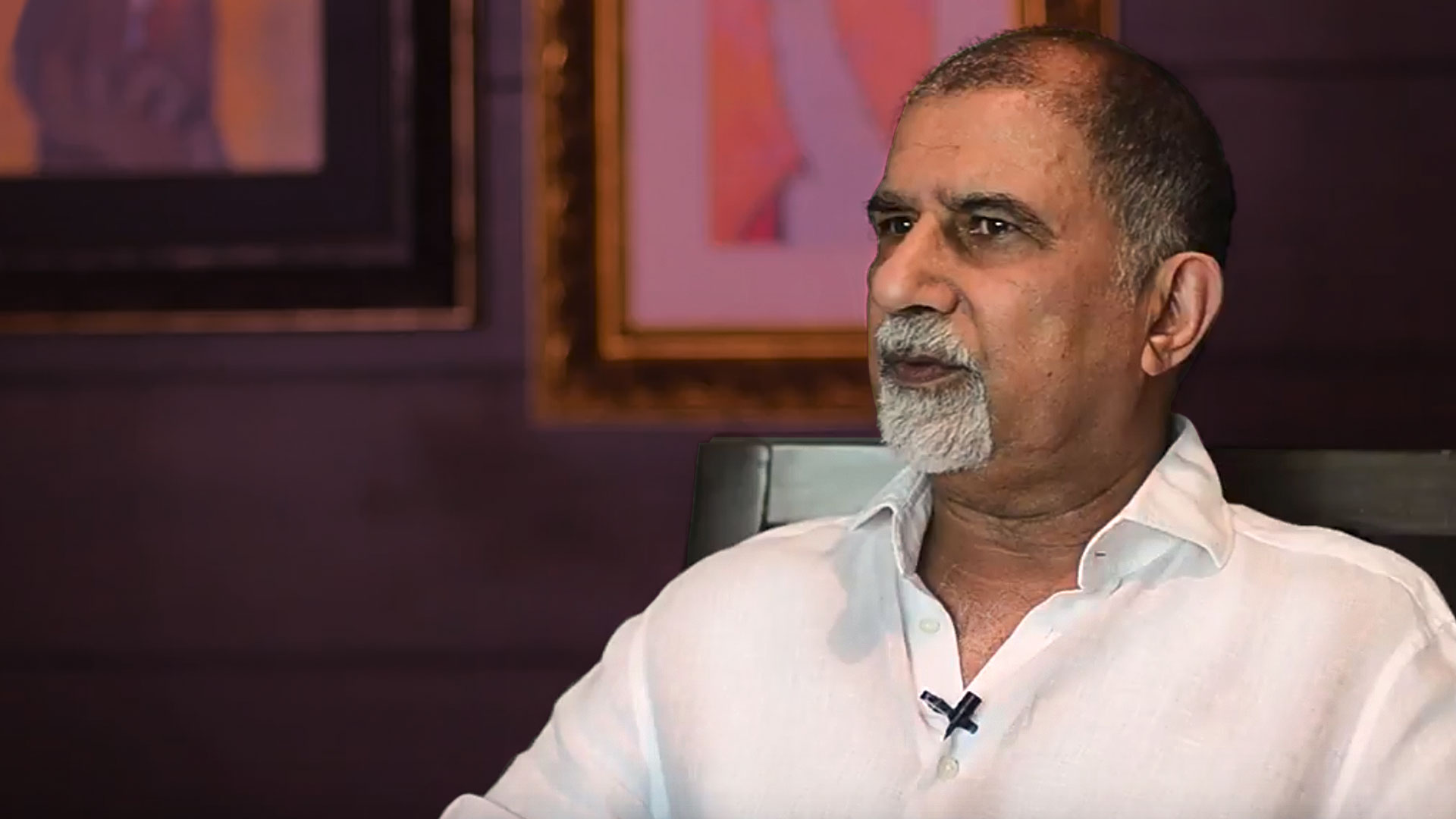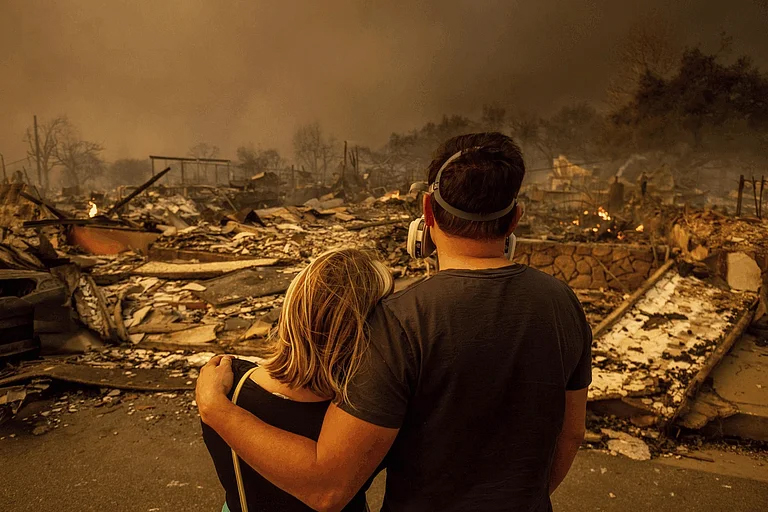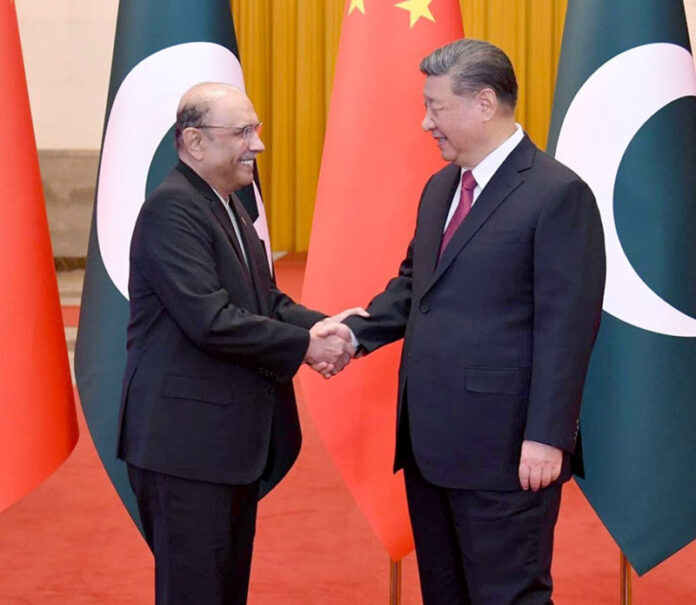Every bank should allocate 20 percent of its lending to SMEs: AR Allana, Chairman Alsons
Abdul Rehman Allana, Chairman Alsons Group Abdul Rehman Allana, Chairman Alsons Group which launched Pakistan’s first locally-manufactured ICU Ventilator AVB […]





